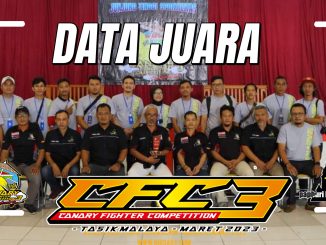Many birds use their feet, as well as their beaks, for foraging and hunting. Chickens and many ground-dwelling birds scratch the ground to locate food, uncovering seeds or insects that live under leaf litter. Some of the ground-nesting species that do not sit on their own eggs, such as mallee fowl and the brush turkey, also use their feet to scratch their nest mounds to maintain the correct temperature for their eggs.
Birds of prey use their talons exclusively to catch, immobilise and kill their prey. While their strong beaks are designed for tearing flesh once the prey is dead, the hunting bird captures its prey with outstretched legs to obtain the maximum impact of the weight and speed of the raptor.
This technique is used for capture both on land and over water. Fish owls, such as Pel’s fishing owl, and fish eagles can time their hunt so precisely that they can take a fish from under the surface of the water while still in flight. The sharp claws ensure that the slippery prey cannot get away. Falcons that specialise in feeding on birds hunt on the wing (in the air) and they too use impact and outstretched legs to secure their prey. Peregrine falcons dive-bomb their victims at hair-raising speeds.
Occasionally, birds use tools to help them forage but these tools, such as small sticks, are usually held by the beak not the feet. Combinations of foot and beak are also used to manipulate food. Many parrot species of the world feed by holding the food in one foot and manipulating it with the beak and tongue. Raptors often hold down the carcass of their captured prey with a foot while they prise off pieces of the meat. These are prime functions of the feet.
Avian feet are also designed to suit the surface on which they are used. Swimming birds, such as ducks, have webbed feet. Some species walk on floating leaves and have long toes to give them a broader surface area. The feet of perching birds are padded and their toes positioned so that they can grip branches. Birds that feed on vertical tree surfaces have feet with long sharp nails for better grip. Some species, such as cockatoos and rainforest pigeons, have so much power in their grip that they can hang upside down suspended by one foot in order to reach the desired food. (To be continue)
A Part of Introduction The Amazing Book of Gisela Kaplan & Lesley J. Rogers “BIRDS, THEIR HABITS AND SKILLS.
omkicau.com: This article’s dedicated for bird keeping purposes.





View Comments (1)
Whoa! This blog looks just like my old one!
It's on a entirely different topic but it has pretty much the same page layout and design. Outstanding choice of colors!